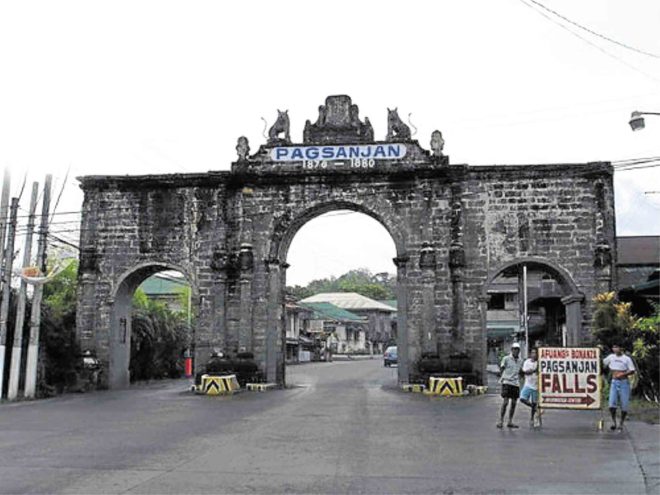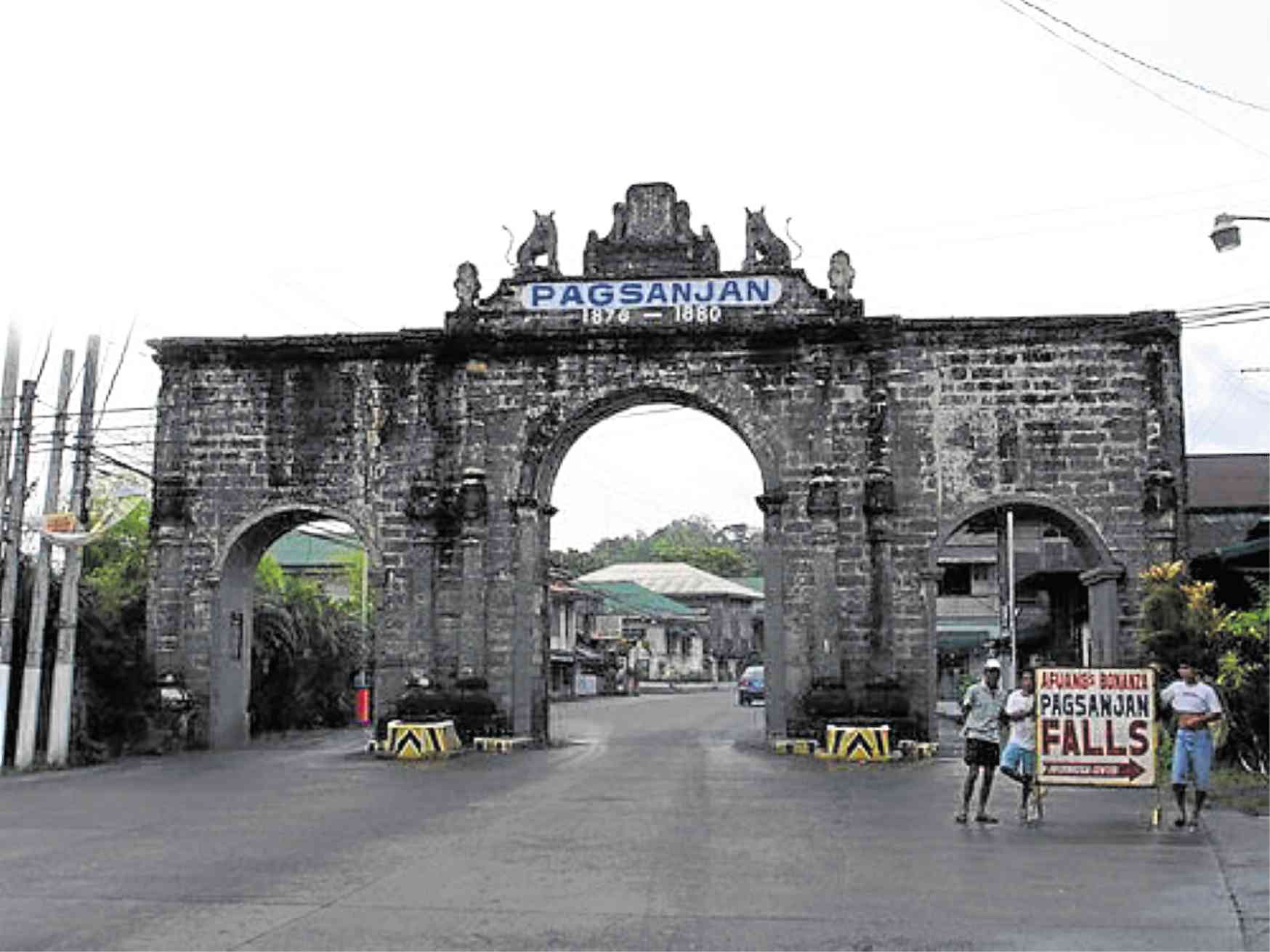
Spanish-era monuments in and around Intramuros, Manila, such as the statues of Simon de Anda; Miguel Lopez de Legazpi; Fr. Andres de Urdaneta, OSA; King Carlos IV; and Queen Isabel II have been declared National Cultural Treasures (NCT), with six other sites and structures in Luzon, by the National Museum.
The Intramuros and other Luzon sites, National Museum says, possess “outstanding historical, cultural, artistic and scientific value which is highly significant and important to the country.”
The Intramuros monuments are “priceless legacies representing the people’s symbol of respect of and gratitude for the colonial power’s contribution to the defense and welfare of the Filipino people.”
Also declared as NCT’s are the Ayusan-Paoa Spanish-era bridge in Vigan, Ilocos Sur. This makes the bridge an integral part of the city’s Mestizo District, which was declared an NCT in 1975.
The Vigan bridge, National Museum says, is an “architectural marvel and a priceless legacy representing the people’s respect of a bygone era of builders and designers.”
Aesthetics and function
Also declared NCTs are the Silang church complex, including its retablo mayor and menores, in Cavite; the Puerta Real Boundary Arch in Pagsanjan, Laguna; and the building of the National Museum of Fine Arts (Old Legislative), National Museum of Anthropology (Old Finance), and National Museum of Natural History (Old Agriculture and Commerce) in Manila.
National Museum says “creativity and the indomitable spirit of the Filipino” were applied in the Silang church and its 300-year-old retablo.
The Pagsanjan arch, built in 1877 and restored in the 1970s, according to the National Museum, is an outstanding landmark and epitomizes the ideal blend between aesthetics and function.
The Neoclassic buildings of the National Museum complex were cited for their architectural significance as well as being historical landmarks. They were damaged during World War II and rebuilt shortly after.
Their present functions of housing ethnographic and natural treasures and exemplary works of art of the nation are noted in the declaration.
The Old Finance and Old Agriculture buildings were designed by architect Antonio Toledo in the 1930s.
The Old Legislative building was also designed by Toledo with American architect Ralph Harrington Doane in 1918 and modified by architect Juan Arellano in 1926.
Cultural properties
National Museum has also declared structures and sites as Important Cultural Properties (ICP) as these have “exceptional cultural, artistic and historical significance to the Philippines.”
Declared ICPs are the Querubin House in Caoayan, Ilocos Sur; Nueva Vizcaya Old Provincial Capitol Building in Bayombong; Heliograph Towers in Magalang, Pampanga; Nuestra Señora de la Asuncion Church in Bulakan, Bulacan; White Cross Building Complex in San Juan City; Pao Ong Hu Taoist Temple and Manila Boat Club Building in Santa Ana;
Façade of the Michel Apartments in Malate, Manila; Life Theater or the Old Villonco Building in Quiapo, Manila; Rizal Memorial Sports Complex in Malate, Manila; American-era Ayala and Quezon Bridges in Manila;
Saint John the Baptist Church in Camalig, Albay; Old Iloilo Provincial Jail (now being converted into National Museum Iloilo branch); Old Jaro Municipal Hall, also in Iloilo City; Fort San Pedro Ruins in Iloilo City; and Bolobok Rock Shelter archaeological site in Tawi-Tawi. —CONTRIBUTED









































